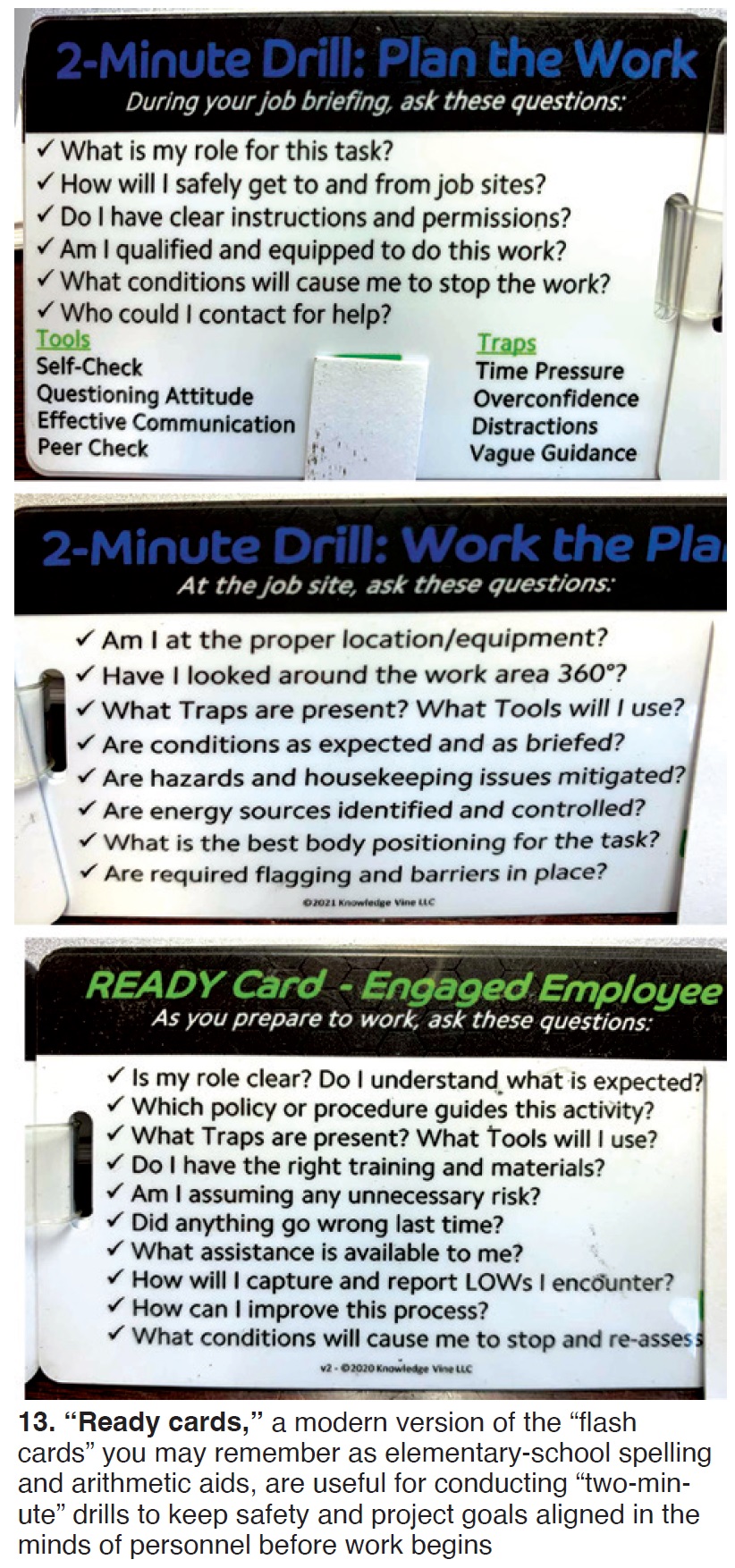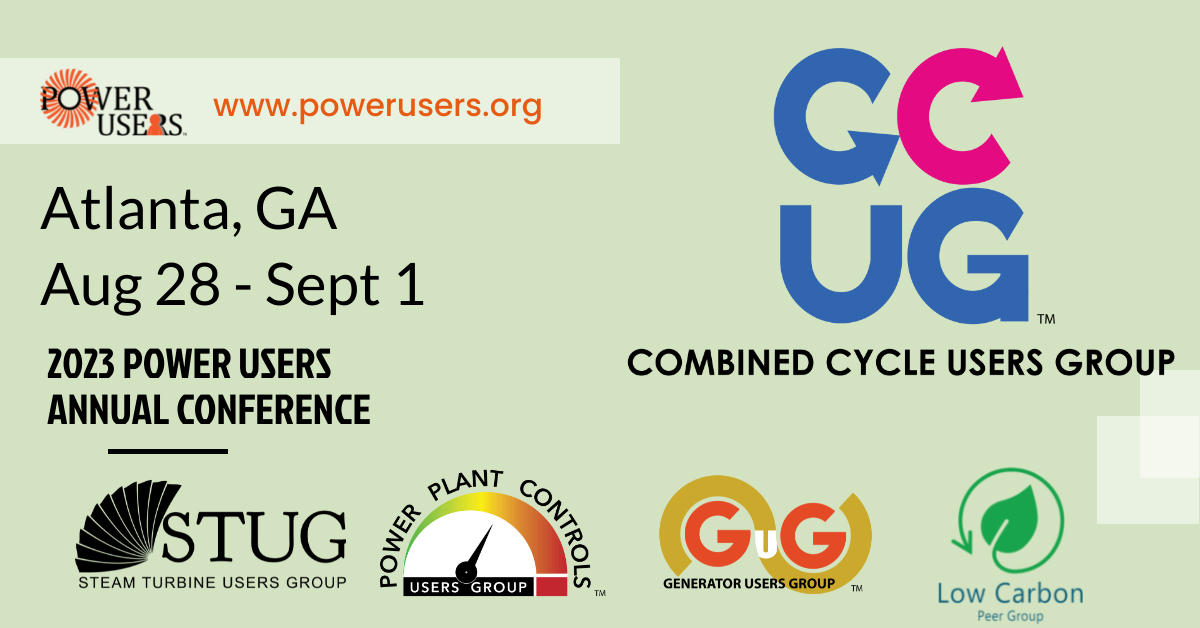With the 2023 Combined Cycle Users Group (CCUG) approaching August 28-31 in Atlanta, part of the greater Power Users Combined Conference, reviewing some of the content from last year’s meeting should encourage you to attend or send someone from your organization to experience this valuable content in person. Presentation abstracts below are based on information available only to end users in the slide decks posted at www.powerusers.org. Those seeking deeper dives into specific topics should note the presentation titles in italics at the end of each summary and access the source material on the website.
- See part one of the CCUG recap series here.
- See part two of the CCUG recap series here.
- See part three of the CCUG recap series here.
- See part four of the CCUG recap series here.
Always an ‘extra mile’ when it comes to safety
Safety is always a popular and critical topic at CCUG, evidenced by a closing presentation with ideas for promoting better work environments, including: drain-valve locations, central first-aid stations, two-minute drills to help workers think about what’s about to happen with a task (Fig 13), “ready cards” for engaged employees and empowered leaders, confined space barriers, hoses colored for service (such as red for air, blue for water), and others.

Black start using battery technology
Black-start grid support was added to this 2013-vintage 2 × 1 combined cycle in the Bay Area. Main goal is to get one of the state’s nuclear plants back online as soon as possible. This is reportedly the second F-class gas turbine site with battery black start (the first is in Louisiana) but the first at a combined-cycle facility.
You can probably imagine all the special regulatory requirements, especially for air emissions, but some of the practical considerations are worth noting, mostly focused on the limited energy that a battery can provide. In addition, this plant has to conduct functional readiness/emergency tests twice annually, and one fully black-start test every three years by Cal ISO, without violating air permits.
The 13.- MW/3.4-MWh/850-V dc batteries supply an instantaneous load of 12 MW to get one gas turbine/generator to 184 MW. Once the turbine/generator is synchronized to the grid, you “can’t go back.” Things have to start quickly, the presenter noted. Capacitors have to energize big equipment like boiler feed pumps and fuel-gas compressors (gas feed line pressure is 250 psig but the turbines require 500 psig). Another wrinkle: Batteries have to be fully charged at all times, limiting their life to five years.
“The GT synchronizes through its 230-kV line so we had to get creative about how to do that,” the presenter said.
“Battery Connected as a Black Start”
What’s keeping your insurance guy up at night?
It’s been a bad past decade for insurers and in recent years the power industry hasn’t been helping. That’s the implicit message delivered by Chris Black, Lockton Companies, who cautioned the audience that insurers will be paying very close attention to steam turbine/generators for which insurers (and owner/operators) have suffered “an unprecedented number of major losses.” Dollar amounts on specific loss events in 2021 and 2022 are listed in one slide.
Specific areas for added scrutiny include avoiding the worst-case scenario, which Black describes as a lube-oil system fire with ST/G overspeed and subsequent fire; overspeed trip testing, sequential trip validation; dc lube oil system design and testing; valve maintenance and testing; and frequency of maintenance.
Black also touched on lingering issues with gas turbines, transformers, hydrogen fuel supply systems, winterization, supply chain, and battery systems. Another cautionary word: “Your word is not always good enough—you will need proof.”
Two aux transformer failures, one plant
A 2002-vintage plant in the southeast US experienced two ST/G excitation transformer failures (two separate units) within 18 months of each other. The first was during startup, the second during baseload operation. Fortunately, spares were available for both occurrences. Presentation reviews post-event inspections, OEM-driven inspections conducted during the next outage, mitigation tools (for example, monitoring), and root-cause analysis questions.


